Great USB Podcast Microphone: Shure MV7+
I bought my Samson Q2U microphone (also a USB & XLR mic) in 2022, and I used it for EVERYTHING in my business that required audio including video calls, recorded interviews, recorded lessons & tutorials, YouTube content & more. It worked great and was super easy to use –no software required– and it was super cheap at about $60 to $80 USD.
In 2025, I decided to upgrade my ‘old’ (wired) mic because I now have a podcast, a better YouTube channel strategy, and I record tons of video content, besides just doing video calls & interviews.
But Katelyn, you ask, don’t you also have all these wireless mics too? 😂 Yes. I do have a couple! Read about my wireless lapel mics over here, and when/where I may use them (sparingly).
Why did I upgrade? (Cons of the Samson Q2U)
Honestly, I have very few complaints about my Samson mic! And the few complaints I have are 100% not dealbreakers. Here’s what pushed me to upgrade to the Shure:
I finally got SUPER annoyed with my pedestal mic stand & went down a rabbit hole of which ‘boom arm’ to buy that could work with my current Samson mic & the maybe-later Shure or Rode mic I’d buy eventually. The pedestal stand (stick stand with a weighted bottom) worked fine but it was always in the way when I needed to access my keyboard & mouse during a recording because the pedestal sat between me & my keyboard in order to get the mic closer to my mouth for better audio quality.
I have always loved the way the Shure mics look, and when I saw they had a new white version… 🤩 I added it to my Amazon wishlist! It’s also physically shorter than my Samson mic was, so it takes up less space when I’m using it.
None of the ‘bigtime’ podcasters are using the Samson mic. 😂 Most use a Shure or Rode brand microphone with an XLR cable, but all of those cost $1,000 USD and up (specifically their non-USB mics –or XLR only mics).
Was it worth the upgrade?
Hell yes! This is one of those things where you don’t know what you don’t know, …until you “know” –and now I know. 😂
My Samson mic got me through creating a LOT of content for about 3 years, and honestly I’d still be fine to use it if I’d just decided to get a boom arm for it if a better mic wasn’t in the budget.
However, I’m really happy with my Shure microphone too!
It does sound a lot better, –even if I’m the only one that can hear the difference.
It also has an app to help control the audio quality, like enabling the digital “popper-stopper” in addition to the physical pop filter on the mic (for loud plosives “p” sounds –and my explosive laughs) and the live “Denoiser” which compliments the mic’s built-in Voice Isolation Technology.
It’s so pretty! I can even customize the LED light color on it, which shows my sound input.
That LED light area is also touch sensitive so I can quickly mute myself if needed, without needing to click the actual mute button in whatever software I’m using.
It’s far more flexible in how I position it, especially with my boom arm. I don’t have to move or fight with the mic stand anymore, in order to access my keyboard &/or mouse while I’m recording, no matter how I position the mic!
The boom arm makes a HUGE difference. I really wish I’d gotten one sooner!! I feel so much less restricted while I’m recording, and the whole thing just effortlessly swings out of the way when I don’t need it. It clamps onto my standing desk wherever I want it & has built-in cord management to hide the cord inside the arm to keep things mess-free.
My low-profile boom arm for the Shure MV7+ mic
I love this one because it sits low on the desk & aims the mic up at my face, rather than swinging over/by my head and aiming down toward my face. Meaning the mic can be out of the camera view or in it, depending on the position I place it in, without being in my field of vision or in the way as I look at the computer screen.
It’s solid metal and VERY sturdy. I never ever worry that it’ll fall or tip over, even with the heavy mic on it! The arm closest to the table top swings horizontally like 360 degrees, and the arm in the middle that connects to the mic itself can be positioned at any angle & locked into place. The ball connection means I can also swing the mic position at any angle I want and lock that into place as well.
It also has enclosed runners inside the arm sections to hold the cord inside the arm for built-in cord management, and those slots have very strong magnetic tops to hold the wire inside –no problem.
It was super easy to install, and took maybe 15-30 minutes of fiddling with the positions to decide how I liked using it.
Note:
The Shure mic itself is very heavy, so the ball joint needs to be pretty tight to hold it in place.



